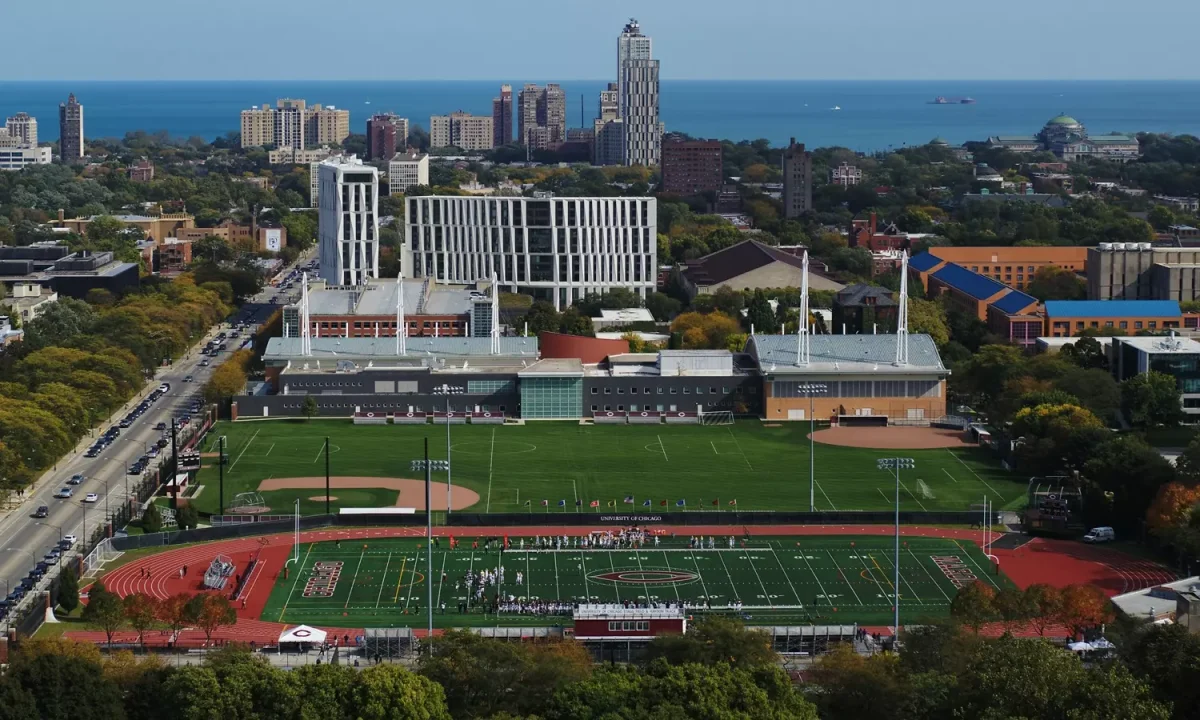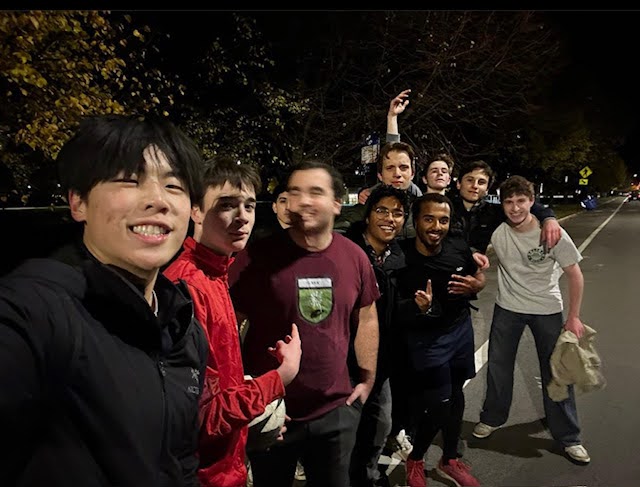I love to eat. My favorite childhood food was lamb chops because I believed they had the best protein-to-fat ratio. In fact, my father nicknamed me “lamb chop,” so that I could have the identity of the food I admired so much.
I believe food is inherent to who we are. Indeed, the phrase “you are what you eat” pulses through our cultural mantras. But for me, food and identity are closely linked not just because of their biological purposes. Food, because we taste it, is unique in the sensuality it brings to the human experience.
In quarantine, the ability for the fullness of the sensory human experience feels stifled. If we define the human experience by opportunities for sensuality, then we all, some more than others, are limited. Each day, we look at the same surroundings, stay in the same places, feel the same surfaces, engage with the same people, and do the same things. But there is one sensory location that we can experience diversity in during quarantine: what we taste.
My love of food has allowed me to have many experiences, including attending cooking school two years ago. Since cooking school, I have expanded my love of eating into the methodological approach of cooking. Cooking is a language; it translates the stories that an ingredient wants to tell into flavors that we decipher for ourselves. With the combination of my passionate, developed skills in cooking and detainment in quarantine, I have created a food Instagram, or rather cooking account, @delish_by_olivia.
The Instagram pushes me to create meals every single day—all 300 of my followers are expecting it, of course. I live in a New York City apartment with my 18-year-old brother and my mother. Each night I make dinner for them, and every other day I try to make some special dessert or addition: chocolate cake, almond torte, freshly baked bread. Before attending the University of Chicago, I took a gap year, and before that I spent my high school years at a boarding school. In fact, I have not spent this much time at home since I was 15. Cooking is my way of telling a story of love to my family in a time when we are spending so much time together.
The cooking account has shown me that there is nothing mundane about cooking. Every dish is different, even in the same cuisine or realm. For example, while so many foods can caramelize because they have sugars living inside of them, the flavor that comes out of that caramelization process is varied. On a ribeye steak, the caramelized outside of the meat after searing it is earthy, robust and full of fat. Along with the steak, I’ll serve another form of caramelization, a roasted red pepper Romesco sauce. Charring the outside of the pepper forces the sugars to burn and create an intense sweetness that cuts through the dense fattiness of the steak. These intersections between two ingredients create a symphony that rejects the sensually stifled world of quarantine. We can experience so much in what we eat from the stories that ingredients in their purest form seek to tell. It’s the chemistry of cooking that brings out the notes of the food that one cooks with, but it’s the art of cooking that brings the story together.
Author and world-renowned chef Alice Waters wrote that “creating a meal means creating your own reality.” In this time, where much of the world feels destructive and chaotic, cooking allows the rejection of destruction and the embrace of creation. Through cooking, you can tell a story of love. Even if you cook just for yourself, you can lean into the depths of your own sensual creativity.
Most importantly, cooking allows us to dig deep into the past, to a time before this chaos and destruction. When I was seven, my maternal grandmother, whom I was very close with, died. My earliest food memory is eating buttered rice with her when I was only three. I can still taste the rice, and that powerful memory transports me into the past reality of being physically with her. Today, I might make red quinoa instead of buttered white rice, but I still think about my grandmother and her own cooking.
Food can tell stories about the present when we cook for others. Food can tell stories about the past when rich experiences fill our memories. All these stories come together when you enter the kitchen and let the ingredients speak.
Editor's Note: After consulting the author, the Editors have removed the opening lines of this article, which included comments about the author's body image, after its publication.








